How to Care for Pandan: 4 Key Tips for Aromatic and Long Leaves
If you've ever enjoyed the sweet, floral aroma of pandan leaves in Southeast Asian desserts or savory dishes, you might have wondered about growing this remarkable plant at home. Pandan (Pandanus amaryllifolius), with its long, blade-like leaves and distinctive fragrance, is surprisingly easy to cultivate with the right knowledge. Whether you're a culinary enthusiast wanting fresh leaves for your kitchen or a houseplant lover seeking a unique addition to your collection, proper pandan plant care is the key to success.
This comprehensive guide will walk you through the four most critical aspects of growing healthy, aromatic pandan. We'll cover everything from lighting and watering to soil and propagation, ensuring you have all the information needed to cultivate a thriving plant.
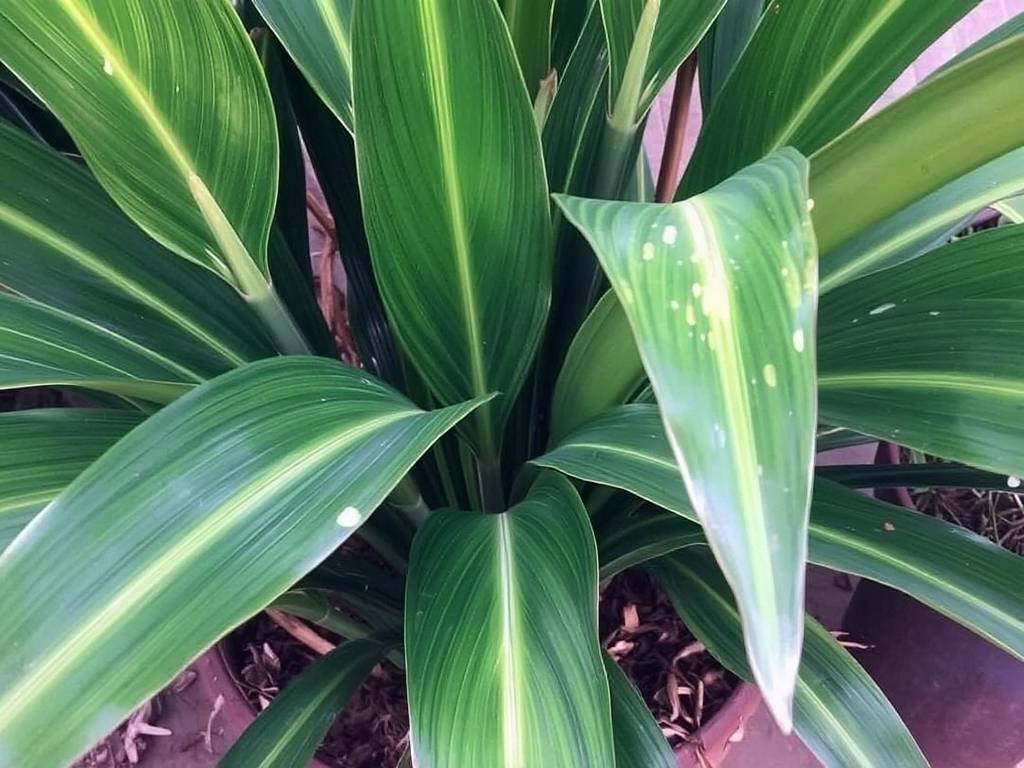
1. Provide the Perfect Light and Warm Environment
Pandan plants are tropical natives, which means they thrive in conditions that mimic their natural habitat. Getting the light and temperature right is the first step toward growing those long, fragrant leaves.
Light Requirements for Pandan: Pandan plants prefer bright, indirect sunlight. Think of the dappled light they would receive under the canopy of larger trees in the tropics. A spot near an east or west-facing window is ideal. While they can tolerate some direct morning sun, intense afternoon rays can scorch their leaves, causing them to turn yellow or develop brown, crispy tips.
If you're growing pandan indoors year-round and don't have access to sufficient natural light, don't worry. You can successfully grow pandan under fluorescent or LED grow lights. Aim for 12-16 hours of artificial light per day to keep your plant happy.
Ideal Temperature and Humidity: As a tropical plant, pandan loves warmth and humidity. It thrives in temperatures between 65°F and 95°F (18°C - 35°C). It's crucial to protect your plant from cold drafts and temperatures below 60°F (15°C), as cold stress can halt growth and damage the leaves.
Humidity is a secret ingredient for achieving those long, lush leaves. If your home is dry, especially during winter months, there are several easy ways to increase humidity:
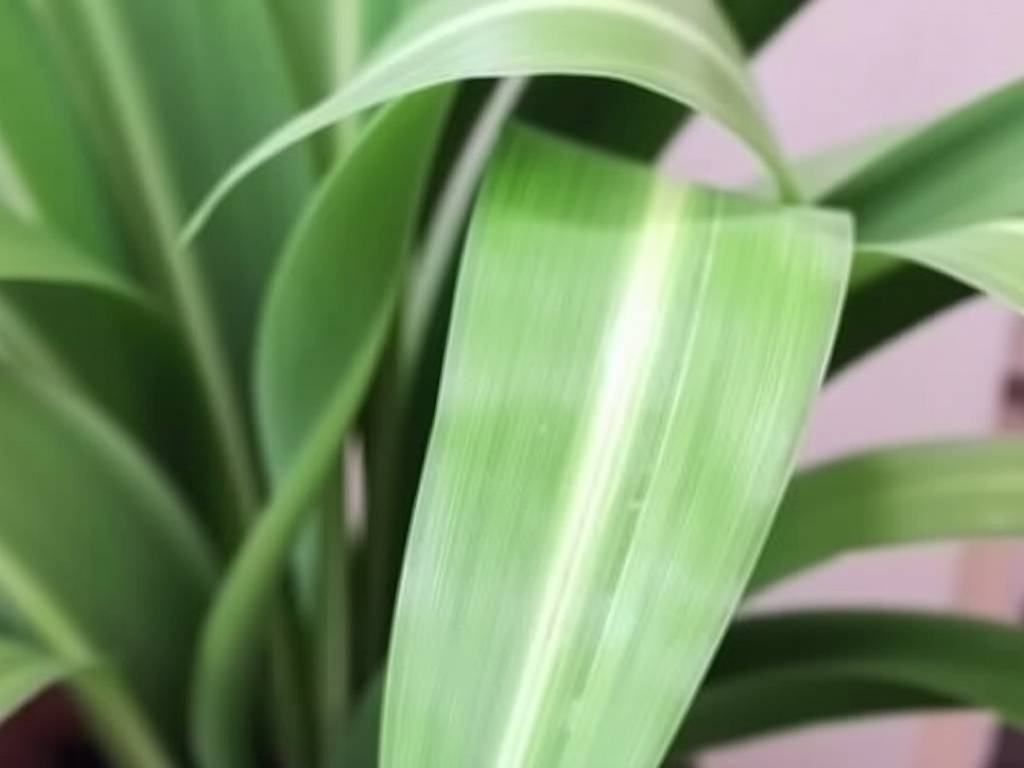
- Group plants together: This creates a microclimate with higher humidity.
- Use a pebble tray: Place a tray filled with water and pebbles beneath your plant's pot. Ensure the pot sits on the pebbles, not directly in the water.
- Mist regularly: A fine mist of water on the leaves every few days can be beneficial.
- Use a humidifier: This is the most effective method for consistently maintaining high humidity levels.
2. Master the Art of Watering and Soil
The balance between watering and soil drainage is perhaps the most crucial part of pandan plant maintenance. Getting this right prevents the most common issues.
How to Water Your Pandan Plant: The golden rule for watering pandan is to keep the soil consistently moist but never soggy. The plant dislikes having "wet feet," which can quickly lead to root rot.
A good practice is the "finger test." Insert your finger about an inch into the soil. If it feels dry, it's time to water. Water thoroughly until you see it run out of the drainage holes, then empty the saucer after a few minutes to prevent the roots from sitting in water. During the warmer growing season (spring and summer), you may need to water more frequently. In the cooler, dormant winter months, reduce watering and allow the top layer of soil to dry out a bit more between waterings.
The Best Soil Mix for Pandan: Pandan plants require a well-draining, slightly acidic to neutral soil that is rich in organic matter. A standard potting mix can be improved by adding ingredients that enhance drainage and aeration.
A perfect pandan soil mix recipe:
- 2 parts high-quality potting soil
- 1 part perlite or coarse sand
- 1 part peat moss or coconut coir (to retain some moisture and add acidity)
This combination ensures that the roots get enough oxygen while retaining the right amount of moisture. The importance of a pot with adequate drainage holes cannot be overstated—it is your first line of defense against overwatering.
3. Feed and Nourish for Vibrant Growth
While pandan isn't a heavy feeder, providing it with the right nutrients will encourage the vigorous growth of long, aromatic leaves.
Fertilizing Pandan Plants: During the active growing season (spring and summer), feed your pandan plant once a month with a balanced, water-soluble fertilizer (e.g., a 10-10-10 or 20-20-20 formula). Dilute the fertilizer to half the strength recommended on the package to avoid fertilizer burn.
An excellent alternative is to use an organic option like fish emulsion or liquid seaweed, which provides a gentle and broad spectrum of nutrients. In the fall and winter, when growth naturally slows down, you can stop fertilizing altogether. Resume your feeding schedule when you see new growth emerging in the spring.
Pruning and Maintenance: Pruning is not often necessary for the plant's health, but it helps maintain an attractive shape and encourages bushier growth. You can simply harvest the older, outer leaves from the base of the plant by cutting them off with clean, sharp scissors or a knife. This process of harvesting pandan leaves for cooking naturally prunes the plant. Regularly remove any leaves that have turned yellow or brown to keep the plant looking its best and to prevent potential pest issues.
4. Propagate and Troubleshoot Common Problems
One of the joys of growing pandan is how easy it is to create new plants. Furthermore, knowing how to identify and solve common problems will make you a confident pandan grower.
How to Propagate Pandan Plants: The most reliable method for pandan leaf plant propagation is through suckers or cuttings.
- Identify a Sucker: Look for a small offshoot, or "pup," growing from the base of the mother plant. It should have a few roots of its own.
- Separate Carefully: Gently remove the entire plant from its pot. Using a clean, sharp knife, separate the sucker from the main plant, ensuring it has some roots attached.
- Pot the New Plant: Plant the sucker in a small pot filled with the well-draining soil mix described earlier.
- Provide Aftercare: Water it lightly and place it in a warm, humid spot with bright, indirect light. Keep the soil slightly moist as the new plant establishes its root system.
Troubleshooting Common Pandan Issues:
- Brown Leaf Tips: This is often a sign of low humidity, underwatering, or a buildup of salts and minerals from tap water. Switch to filtered or distilled water and increase humidity.
- Yellowing Leaves: The most common cause is overwatering and poor drainage. Check your soil and watering habits. Yellowing can also indicate a need for fertilizer.
- Leggy Growth or Small Leaves: This is typically a sign of insufficient light. Move your plant to a brighter location.
- Pests: Pandan can occasionally be bothered by mealybugs, scale, or spider mites. Wipe the leaves with a cotton swab dipped in rubbing alcohol or use an insecticidal soap or neem oil spray.
By following these four key tips—providing the right light and warmth, mastering watering and soil, feeding appropriately, and knowing how to propagate and troubleshoot—you are well on your way to becoming an expert in aromatic pandan leaf cultivation. Your reward will be a beautiful, thriving plant that provides a continuous supply of one of the world's most unique and delightful flavors, right from your own home. Happy growing
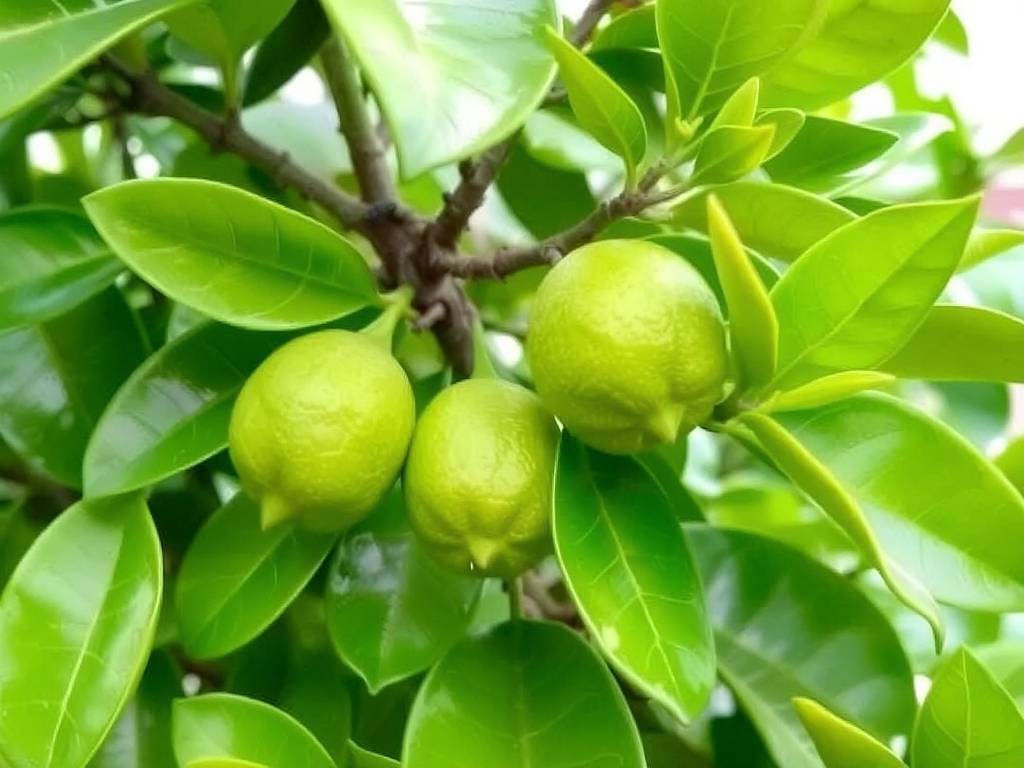
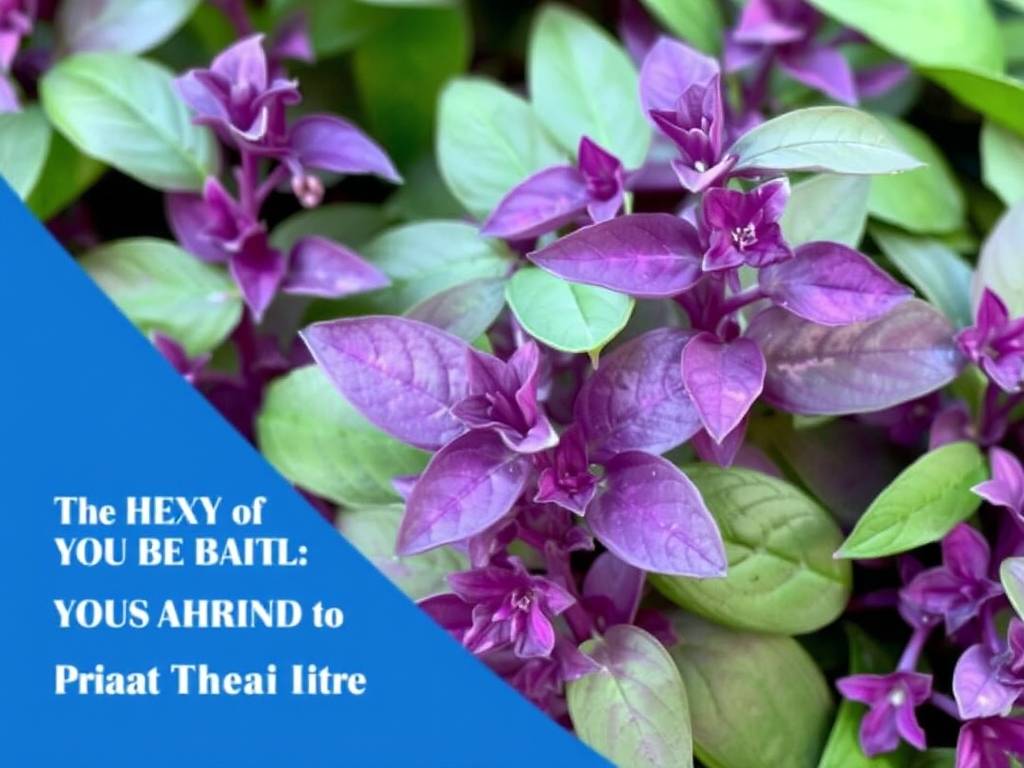
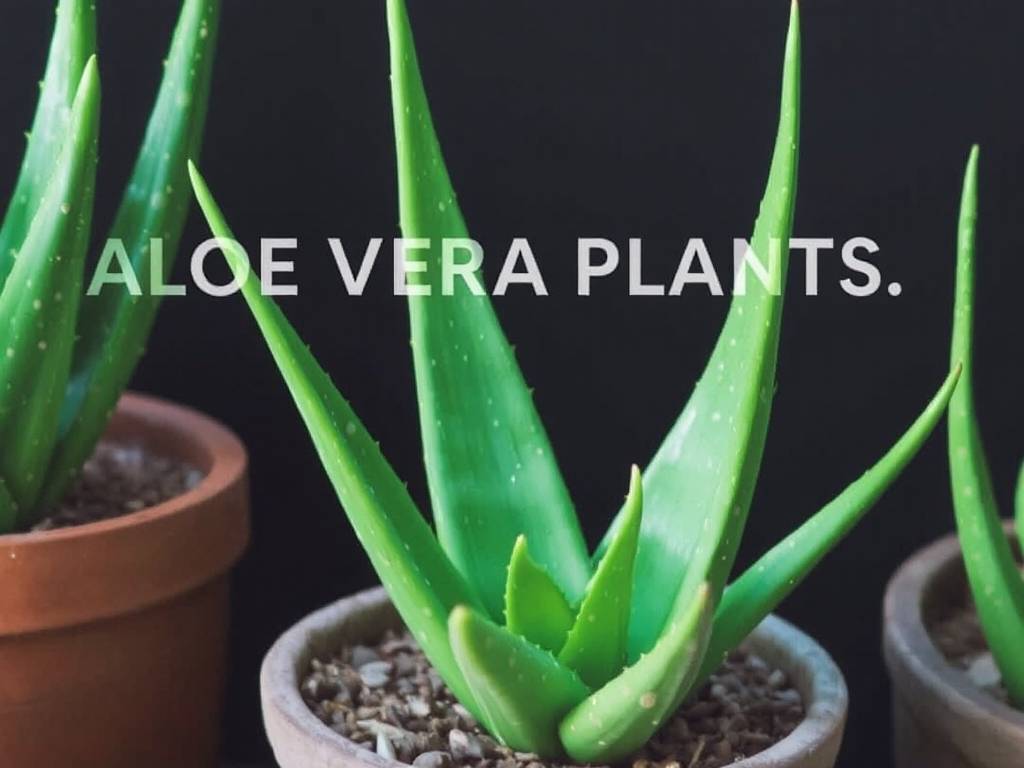
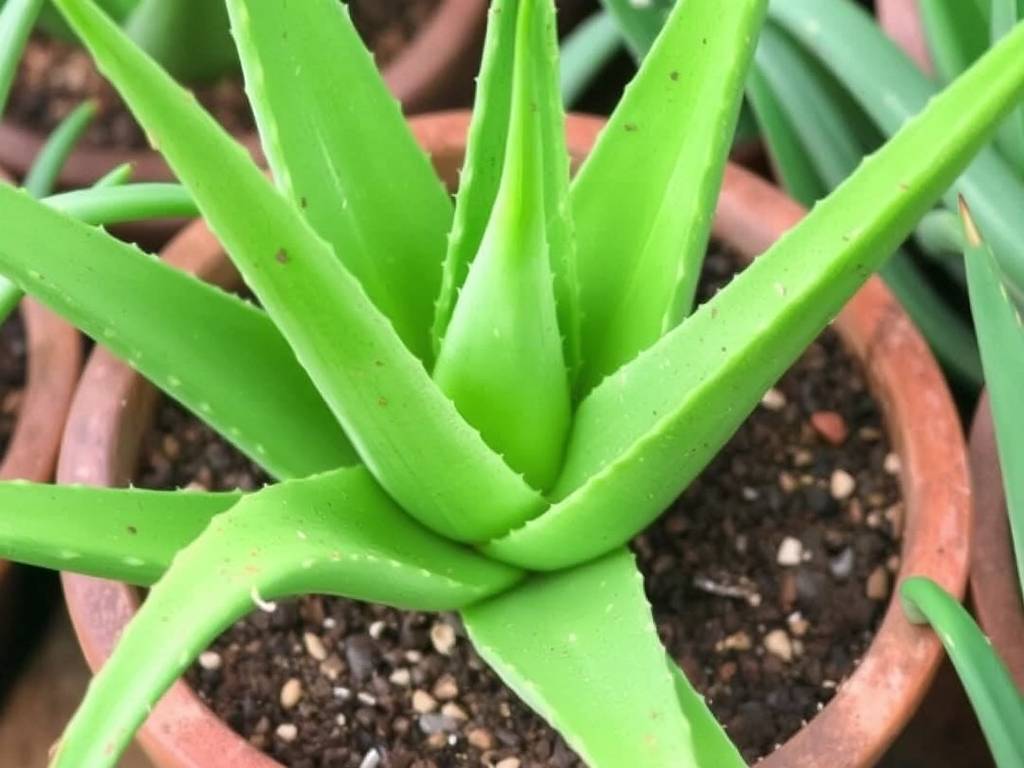
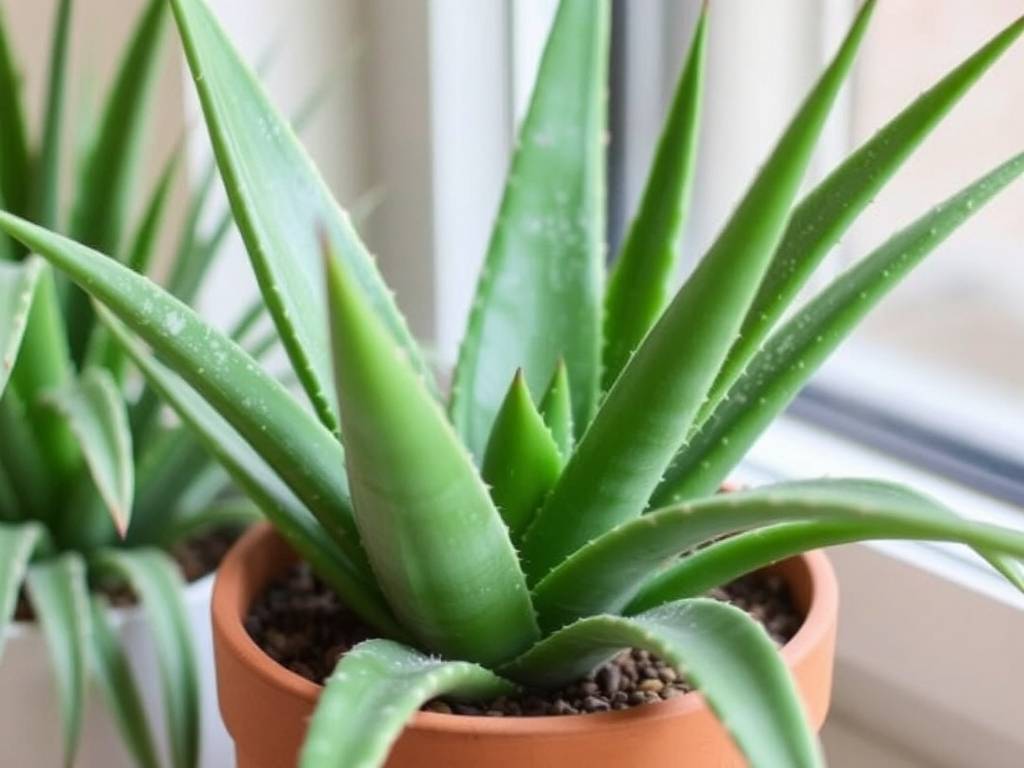
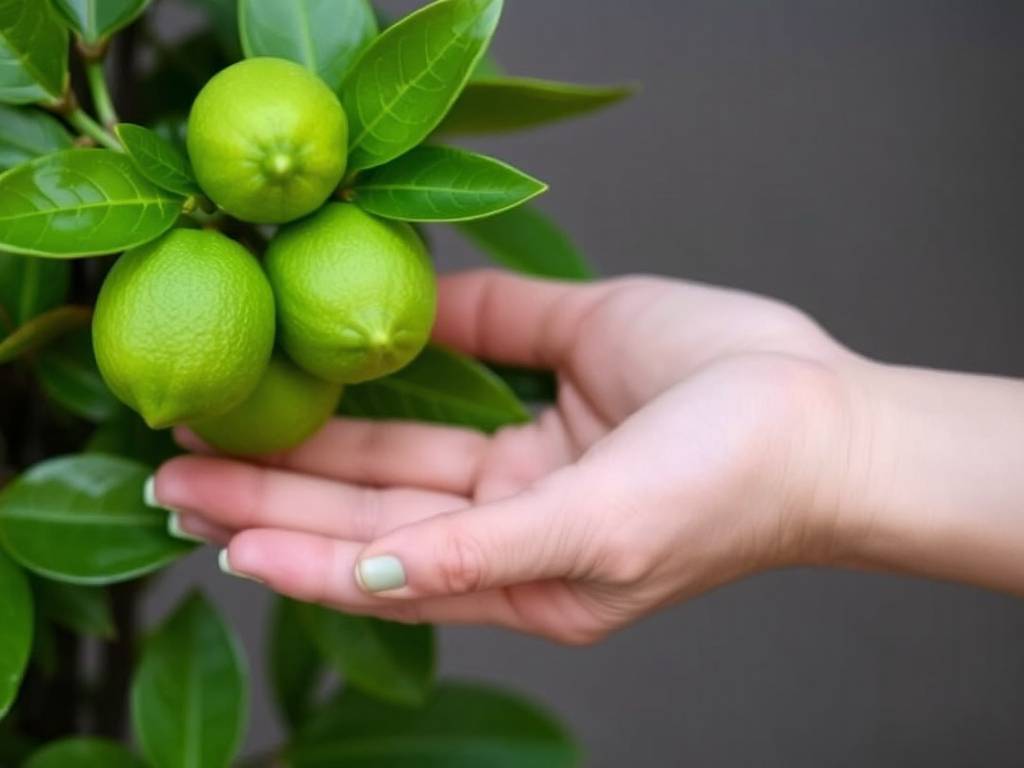
发表评论